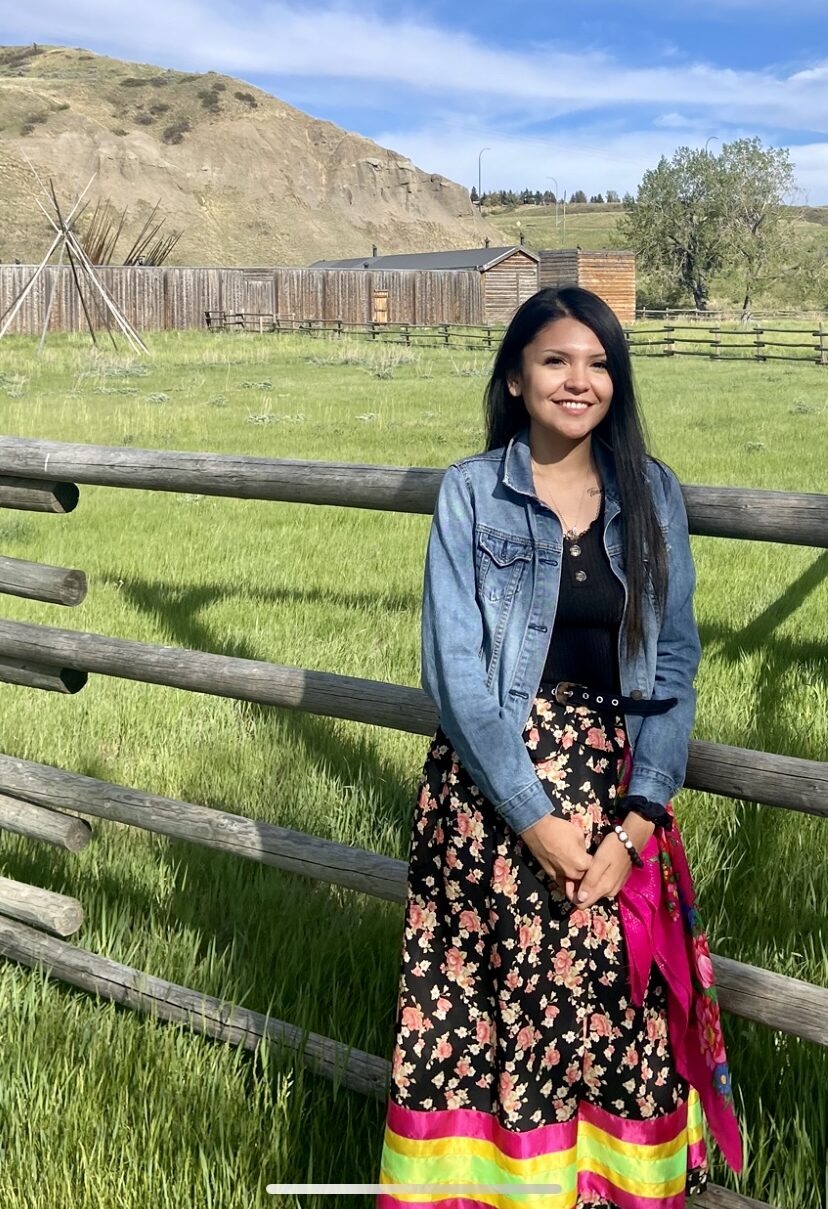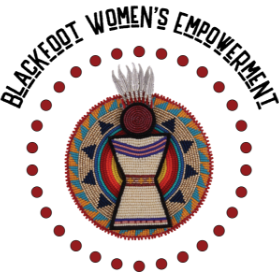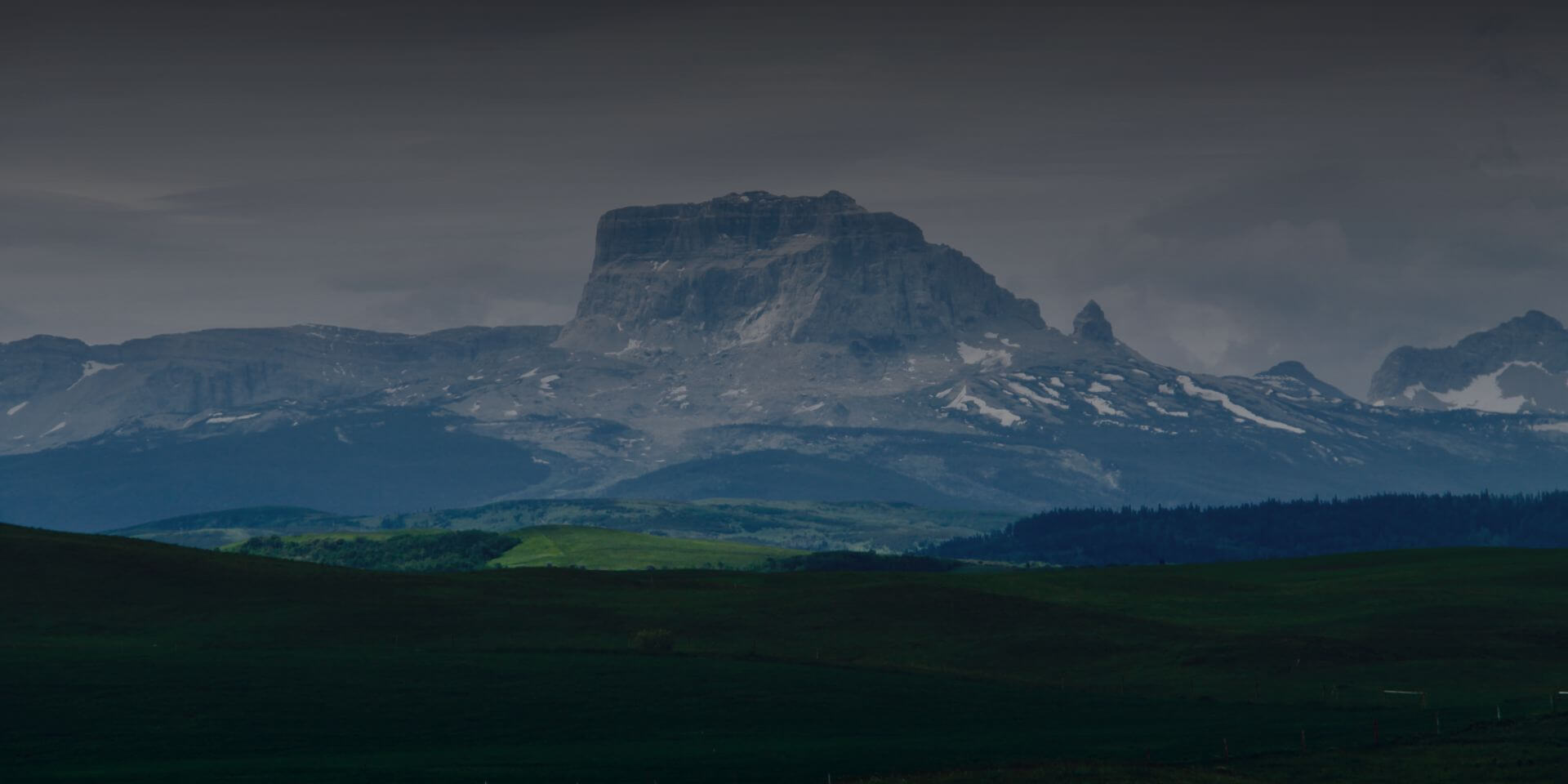
OUR LANGUAGE
& CULTURE
Our traditional way of life
Blackfoot culture and language complement one another. Language allows individuals to connect to our traditional way of life. Cultural teachings connect to the land and stories of the Blackfoot people.
During Blackfoot Women’s Empowerment Community Needs Assessment, women voiced a need to learn more about our traditional way of life. Our elders have encouraged us also to learn the language.
Residential school hindered much of the traditional cultural teachings, and we are now at a critical phase of history where we are reconnecting to our traditional way of life.
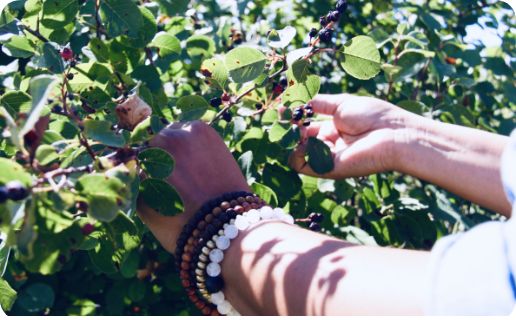
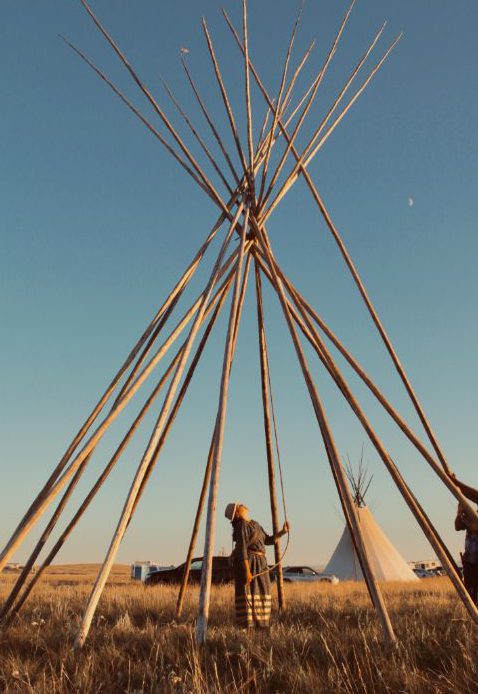
Language & Culture
Culture and language exist together and provide a connection to spiritual teachings that are connected to the land. The Blackfoot territory consisted of many clans from the four Nations of Siksika, Piikani, Kainai, & Browning.
Helping our families understand the lineage they come from helps them develop a greater understanding of who they are as a Blackfoot person.
Having a strong connection to the collective identity and Blackfoot culture helps a person make connections to people in the community/Nation.
One of our responsibilities is to help our children learn who their relatives are in the past and now. What you may realize is that your family comes from a strong line of leadership and knowledge.
Many of the last names created were based on the features of a person. It’s also based in the family that they come from. As part of the cultural teachings, you will see that many cultural teachings are based on the landscape withing Blackfoot territory.
The focus of language and cultural teaching is restricted to Blackfoot people in Southern Alberta. We encourage you to only speak about what you are part of. That is one reason that a First Nation person will never speak about another group in Canada. It is not our place to speak for another Nation.
The project so far has shown that the focus of economic security on prosperity is not based on a Western colonialization view of monetary cash value as the means to gain prosperity and security.
The working definition of economic security to Blackfoot women’s prosperity is based on the idea that prosperity is about more than money; it is about culture, identity, way of life and the active sustaining of that knowledge.
Having the skills and wisdom to take care of your family without money brings security. Security is also having access to hunting and knowledge of the land to ensure you can gather what you need. Security is also about the strength of relationships.
Here you will find language resources and cultural teachings of the Siksikasitapii.
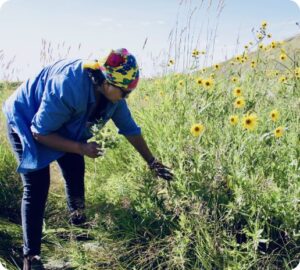
The Iniskim
Long ago the Makoyi (wolves) had shown our people how to live on the land. Although our people followed these instructions, life continued to be difficult until one day the Iini (bison) took pity on the people.
One day Weasel Woman was collecting water from a river near her camp when she heard something calling and singing to her from the bushes. When she looked closer, she found a stone that spoke to her. The stone explained how it could be used in a ceremony that would call the buffalo towards a pisskan (buffalo jump).
Weasel Woman took the iniskim, the buffalo calling stone, back to camp. She told the spiritual leaders about the ceremony to call the buffalo. The people followed her instructions and soon they had plenty of meat and many hides for new lodge covers.
There are numerous iniskim on the prairies. Many people still keep them as sacred bundles. We call on iniskim to help us have successful lives.
The Old Women’s Buffalo Jum - Trissly Blackwater
The Women’s Buffalo Jump is a significant sight for the Blackfoot women. It is located 3km NW from Cayley Alberta. The women used the jump to run the buffalo off the cliff. Before Blackfoot men and women met, their camps separated far from each other. The women were very independent and knew how to work wisely around the camp. They used the jump to run the buffalo off the cliff, butcher their own buffalos for food, created their own shelter and clothing and kept their camp well organized. It wasn’t until one day, the old trickster Napi went strolling
by the jump. He noticed a women’s camp below the cliff and knew he could not enter the camp because he was the only man. Napi being the trickster he was, changed himself into a woman and walked down to the camp. While Napi helped the women with their chores, he couldn’t stop staring at the women because he was amazed by how beautiful the women were. The women noticed Napi’s strange behaviour but continued on with their duties. As they carried on the fire
got out of control. As Napi saw the women struggling to ease the fire, he began undressing, thinking he could use his clothes to settle the fire. Without remembering who he was, the women realized it was Napi and began beating him until Napi could no longer move. One of the women told napi, “you will stay there and remain as a tree.” I’d like to give thanks and recognition to the late Rosie Day Rider for sharing this story. It is believed another story is told in this setting called The First Marriage. Today, the sight remains present along with the tree that Napi turned into. In the late 1950s, archeologists began digging in the area. They found bone tools, shells, pottery, bone beads, and arrow points stated far as 3000+ years before present. These are the remaining evidence that our ancestors have left behind to show proof of where we came from. The Blackfoot word for Buffalo Jump is Piskan.
